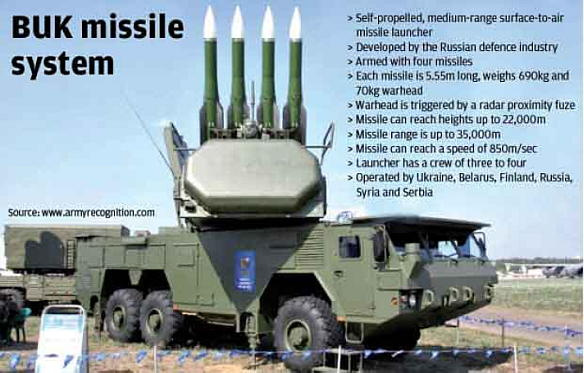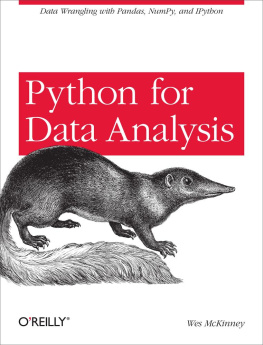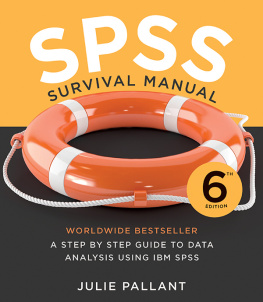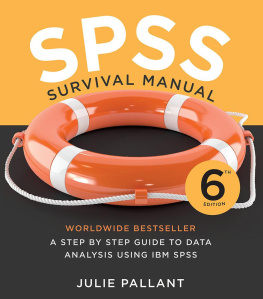CDN
DETAILED EXPERT ANALYSIS OF THE MH17 DOWNING
100 years ago there was a shooting in Sarajevo. Historians credit this act of violence as being the trigger event for the First World War. It is possible future historians will look back at the shoot down of MH17 as the trigger event for the Last World War.
The following report examines the circumstance surrounding the loss of the 298 lives aboard Malaysian Airways flight MH17. This work was undertaken in response to the current fact free public discourse coupled with the strident allegations increasingly reminiscent of the clamour for conflict that lead to WWI. It is hoped that a formal review of the known facts may serve to undermine any belligerent attempt to provoke a wider war.
Section 1 examines what is known about the Buk M-1. Section 2 reports factual data regarding the crash of MH17. Section 3 considers the possibility of the shoot down being the responsibility of rebel forces operating on behalf of the Donetsk Peoples Republic. Section 4 examines the possibility of the Ukrainian Armed Forces (UAF) being responsible for the shoot down. Section 5 provides a speculative interpretation of events surrounding the shoot down.
This report is based on information publicly available on August 1st 2014. As new information is released this report may need to be updated. It is anticipated that making this report available for public review will result in both suggestions for improvement and / or the identification of critical gaps in the factual record.
SECTION 1
The Buk M-1 Missile System

To understand what happened to MH17 we first need to understand the capabilities of the Buk M-1 surface to air missile system. The keyword here is system. The Buk consists of a number of independent components which operate in unison but which are typically situated at a distance from one another. The networked components provide medium range defense against aircraft, cruise, and ballistic missiles. The core system components consist of a primary search and target acquisition radar, a central command post, and one or more Transport Erector Launchers with Acquisition Radars which are known by the acronym TELARs.
The primary search radar scans the airspace out to a range of 140 km in each direction. MH17 was travelling at 900 km per hour, or 1 km every 4 seconds. At this speed, MH17 would transit the area surveyed by the search radar in less than 9.5 minutes. The amount of time available for decision making is therefore seen to be severely constrained.
Data from the search and acquisition radar is forwarded to the command vehicle. The command vehicle will be situated at a safe distance from the radar transmitter as any device emanating electronic signals will quickly become a battlefield target. The command vehicle is responsible for target identification, friend or foe determination, and the decision to engage. The operator in the command vehicle selects of of the targets revealed by radar and assigns one or more missiles to intercept the designated target.
Once the command unit decides to engage, the target information will be relayed to one or more remote TELARs. Not all TELARs may be in range of the target. Some TELARs may be better positioned for the attack than others. It is desirable to avoid firing at a target moving away from the missile launch position. Engaging a fleeing aircraft is known as target pursuit and it does not result in an optimum firing solution.
Each TELAR carries four ready to launch missiles. The launch signal may be relayed from the remote command post, or the launch may be manually triggered by an operator in the TELAR. In the early versions of the Buk system the Transporter Erector Launcher, or TEL, was not equipped with an acquisition radar. The TEL was completely dependent on target information relayed from the command post. In a conflict, any adversary would seek to blind the system by destroying the primary search radar. This would render the rest of the system useless. To avoid this outcome the later versions of the Buk mounted a basic acquisition radar on each TEL.
These were then renamed as TELARs. This secondary radar system is able to locate targets within 42 km of the TELAR. The information provided by the secondary radar is significantly less than what the primary radar makes available to the command vehicle. The radar scope in the TELAR displays a constant size blip regardless if the aircraft is a 777 or a Piper Club. No transponder, or IFF information, will be available. The operator selects a radar target, assigns one or more missiles to the target, and then fires the missile(s).
To engage an aircraft, the missile is aimed in the general direction of the target and fired. Each missile contains a radar seeker in its nose cone. The radar signal transmitted by the main search radar paints the target and is reflected back into space. The missile seeker scans the sky for these radar returns and navigates an interception course. This is a critical point.
If you hear a plane at night and rush out to your backyard with a flashlight, you are unlikely to be able to see the aircraft. The flashlight beam will be insufficient to illuminate a high flying aircraft. The strength of the flashlight beam will be attenuated by the distance to the plane and few photons will be reflected back to your eye. To see an aircraft at 33,000 feet you would need an extremely powerful searchlight.
The same holds true for radar. The missile seeker head searches the airspace, looking for radar energy reflected from a target. The missile will have a preference for a strong target return as opposed to a weaker one. Larger targets will give a stronger return. Most military aircraft are relatively small and are designed to minimize the amount of radar energy they reflect. In comparison to the diminished returns of a fighter aircraft, a Boeing 777 would light up like a blimp.
The missile contains a radar transmitter that provides active guidance for the final run in to the target. This radar also functions as a proximity fuse. It measures the time required for the radar pulse to bounce back from the target. When the measured interval equals 50 feet the missile warhead is detonated. The explosive charge, reported to be as powerful as six 155mm shells, sprays small cubes of white hot shrapnel toward the target. This shrapnel penetrates the fuselage, severs control lines, injures, or kills, the occupants of the plane, and renders key components unserviceable. If hot shrapnel enters a fuel compartment it will likely ignite a fire.
It must be noted that while the primary radar has a search range of 140 km, the radar on each TELAR unit only has a range of 42 km. The Buk system was first deployed in 1980 and has been upgraded several times since then. The engagement range of the system is dependent on the missile that is fielded. The first Buk system used the 938 missile with a range of 30 km. The missile supplied with the Buk M-1 had a designation 938M1 and a range of 35 km. The Buk M-2 system used an upgraded missile 938 with a range of 42 km. The precise capabilities of the Buk system fielded by the UAF is not known but it is believed to be either a Buk M-1, or M-2.
SECTION 2
The Loss of Malaysian Airways Flight MH17
MH17 was flying at 33,000 feet. The cabin was pressurized to provide occupants with an environment similar to that found at an altitude of 7,000 feet. Due this internal pressure, any tears, or rents, in the aircraft fuselage would quickly enlarge as the interior air explosively vented to the outside atmosphere. After the missile explodes, momentum will continue to carry the aircraft forward at 1 km every 4 seconds. The damaged fuselage will be torn open by the high speed airstream. The missile initiates the destructive sequence but aircraft momentum completes it. As the airstream pulls the airframe apart, the aircraft will begin to loose speed. Its control systems may no longer function, its engines and fuel systems may be inoperable, its crew may be dead, the radios silenced. It will follow a ballistic trajectory toward the ground. Given the aircrafts height, and its initial high speed, it can be expected to travel 20 to 30 km before it strikes the ground.














